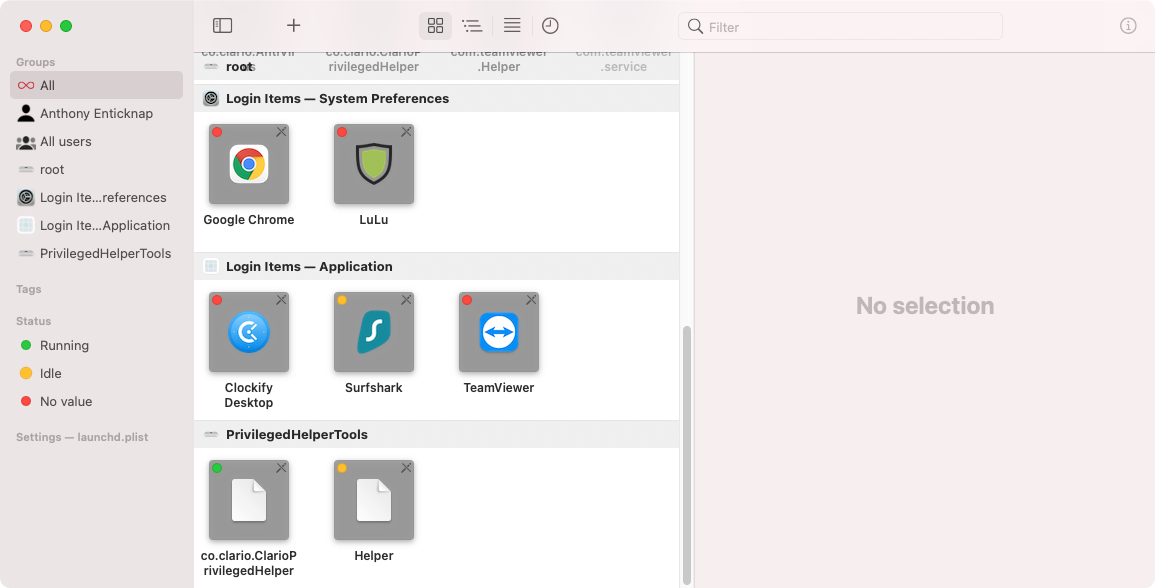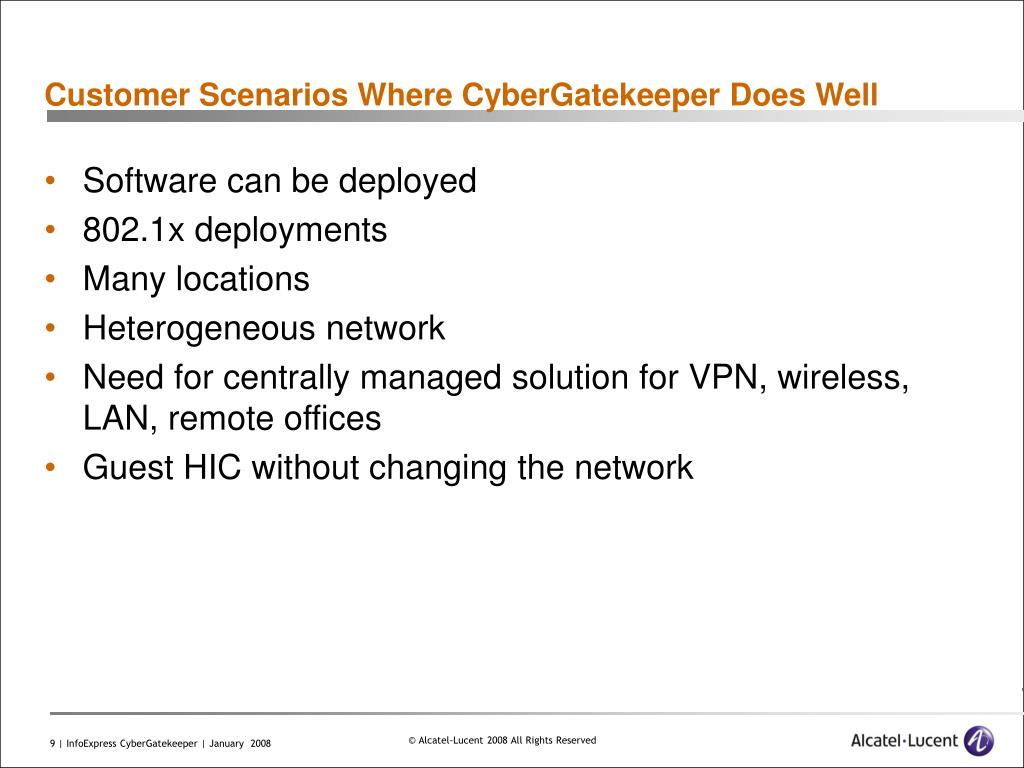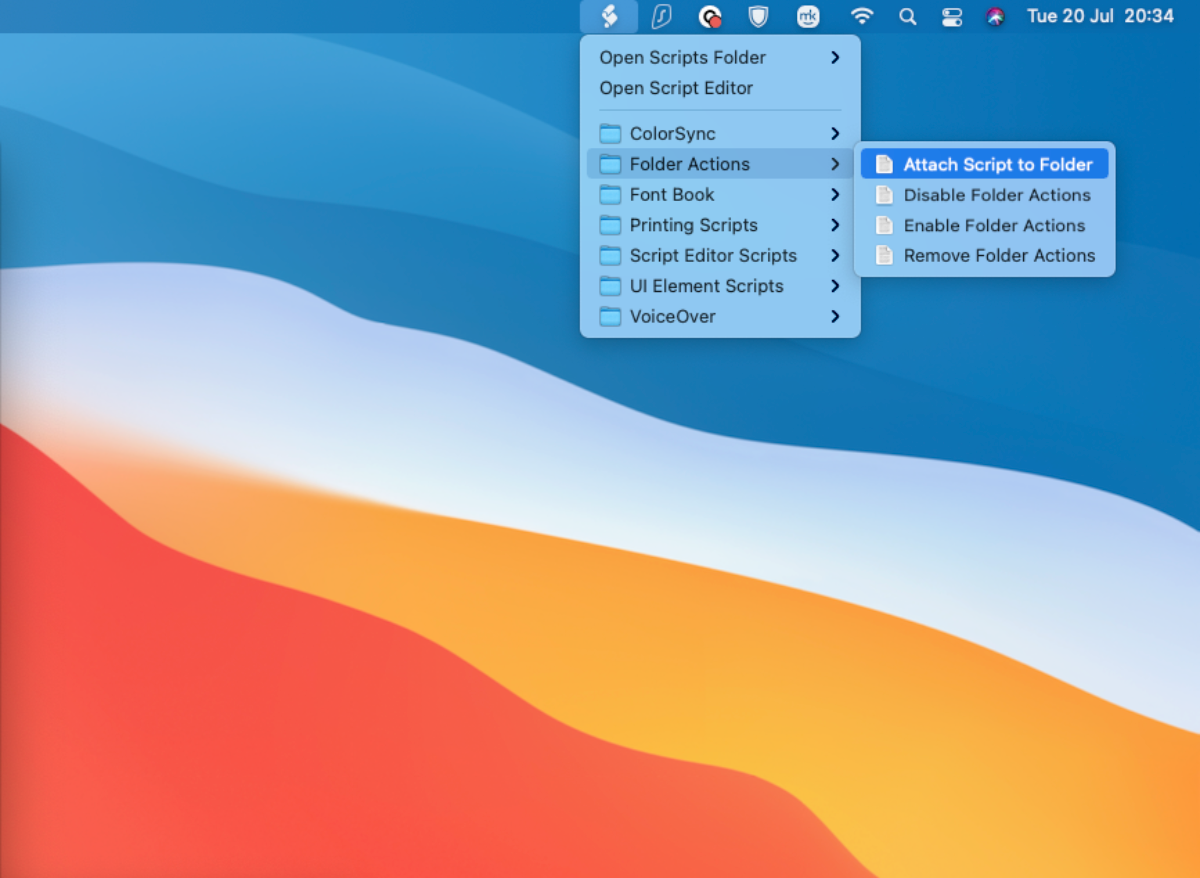


Specifically see Standard VoiceXML > Variables > Transfer, attribute dest. The value must be specified in one of the formats below:įor information on this property, select Help > Contents and see the GVP 8.1 Voice XML 2.1 Reference Help. A Virtual Route point number on which the IRD Strategy is loaded.The destination number can be one of the following: The Destination property contains the destination phone number. In the Value field, select answered or immediate from the drop-down list.Select the Connect When row in the block's property table.This property controls when the call is connected to the end point. In the Value field, type a timeout value, in seconds.Select the Connect Timeout row in the block's property table.Specifically see Standard VoiceXML > Variables > Transfer, attribute connecttimeout. For information on what happens if a timeout occurs, select Help > Contents and see the GVP 8.1Voice XML 2.1 Reference Help''. Use the Connect Timeout property for the connection timeout value.
Cybergatekeeper agent interrupting connection code#
Use free form text to specify the authorization code in the application. GVP supports dialing of an authorization code as part of an outbound call on a two-leg transfer. Values are the Voice Application Variables described under the Variables Property. In the Value field, select a value from the drop-down list.Select the Aai row in the block's property table.Use this option to transfer the call to a number that initiates another voice application. Use the optional Application-to-Application Information (the Aai property) for the data that is to be transferred from the current application to another application. In the Value field, type a Transfer Audio value URI (HTTP or RTSP) specifying the location of the audio file to play.Select the Transfer Audio row in the block's property table.If the resource cannot be fetched, the error is ignored and the transfer continues. If the end of the audio file is reached and the callee has not yet answered, the interpreter plays the audio tones from the far end of the call (ringing, busy). If the callee answers, the interpreter terminates playback of the recorded audio immediately. You provide the URI of the audio source to play while the transfer attempt is in progress (before the other end answers). The optional Transfer Audio property plays a prompt to the end user while the number is being dialed out. In the Value field, click the down arrow and select a variable.įor more information, see Upgrading Projects/Diagrams.Select the Output Result row in the block's property table.If this is not done, a validation error will be generated in the Problems view. You must select a variable for the output result even if you do not plan on using the variable. You must use the Output Result property to assign the collected data to a user-defined variable for further processing. Click the down arrow and select English - United States (en-US) or the variable that contains the language.įind this property's details under Common Properties for Callflow Blocks.Click under Value to display a down arrow.In the case of the Transfer block, this property affects the language of grammars used for ASR input:

The property takes effect only for the duration of this block, and the language setting reverts back to its previous state after the block is done. The language set by this property overrides any language set by the Set Language block, the Project preferences, or the incoming call parameters. Please find this property's details under Common Properties.Ĭan be used for both callflow and workflow blocks to add comments.įind this property's details under Common Properties. The Transfer block has the following exception events as described in Exception Event Descriptions: The Transfer block has the following properties: Use the Transfer block for non-CTI VXML transfers and Route Request block for CTI transfers. You can conveniently use this variable for accessing the user input value. In case of user input blocks (Menu, Input, Record, Transfer), Composer adds a global variable of type "Block" to the variables list. However, if you enable bridging, the block will have one or more outports.

By default, blind transfer is enabled, and it has no outports. Use the Transfer block to transfer the call to another destination.


 0 kommentar(er)
0 kommentar(er)
